- Write by:
-
Monday, September 7, 2020 - 3:08:23 PM
-
590 Visit
-
Print
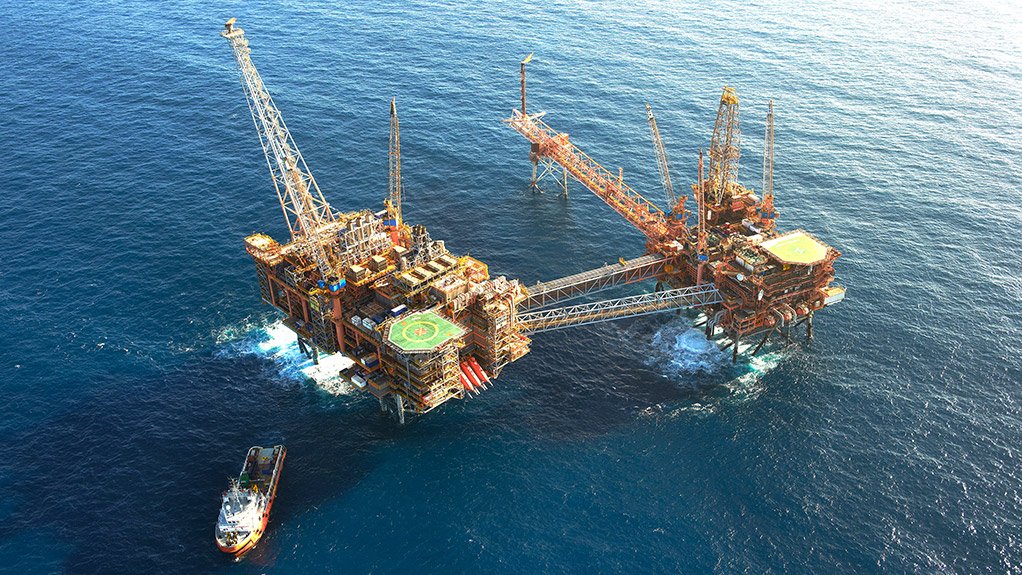
Mining News Pro - Advisory firm Wood Mackenzie (Woodmac) has estimated that the North West Shelf (NWS) liquefied natural gas (LNG) project, offshore Western Australia, would have nearly 40% of spare capacity by 2027.
Woodmac has estimated that the NWS project would have up to seven-million tonnes a year of spare capacity available in the near future, insisting that the project proponents would need to fill this capacity.
“Decisions on how to fill this gap need to be made now, not only because time is running out, but also because the joint venture is breaking-up. Chevron is running a process to sell out of the NWS, and we see other majors likely to follow,” Woodmac senior analyst Daniel Toleman said.
US major Chevron earlier this year said that it was looking to sell its 16.67% stake in the NWS project, which has an estimated value of between $3-billion and $4-billion.
Project partner Woodside said that it would "consider" making an offer for this stake, to increase its own interest in the project.
The Woodside-operated five-train NWS facility has been producing LNG since 1989, and in 2021, production capacity would become available for the first time.
Toleman said that there were two windows of opportunity for backfill: one for smaller projects with short lead times, and the second for larger-scale resources that could extend the life of the NWS through to 2050.
“Good progress has been made on near-term backfill small-scale projects. We believe the Pluto and Waitsia projects will add incremental supply into the NWS from 2022. However, these projects are only short-term solutions.
“In the longer term, large-scale developments are needed. The Scarborough and Browse developments, both operated by Woodside, are the most likely backfill options due to their size. Other possible candidates, such as Clio-Acme, or excess gas from Greater Gorgon field development, now look unlikely.
“However, neither the Scarborough nor Browse developments are straight-forward to deliver. The former is currently slated to supply a new second train at the Pluto plant, while the latter is a remote, complex, carbon-intensive and high-capex greenfield mega-project. As such, it faces a myriad of challenges in current market conditions,” Toleman said.
He added that challenges aside, there were compelling reasons for keeping NWS full.
“Once third-party gas flows through the plant, partners will receive a tariff for liquefaction. The government will receive additional tax revenue, the Dampier to Bunbury pipeline operator receives more revenue and there will be more domestic gas supply for the local market.”
“Upstream participants can also monetise undeveloped resources and gain access to potentially higher LNG prices on a low capital outlay.”
Short Link:
https://www.miningnews.ir/En/News/595905
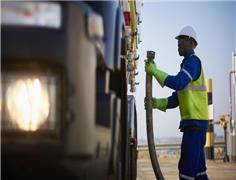
A Russian arbitration court ruled on Monday that four units of Swiss commodities trader Glencore will pay more than 11.4 ...
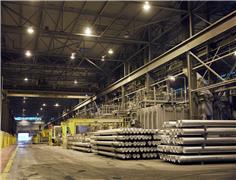
The US Energy Department on Monday announced $6 billion in federal funding to subsidize 33 industrial projects in 20 ...

A Senegalese opposition coalition backed by popular firebrand Ousmane Sonko launched its presidential campaign platform ...
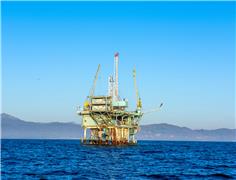
An ongoing consolidation in the US shale industry has driven up global M&A deal value in the oil and gas exploration ...
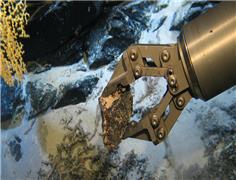
Mining News Pro - Even though it has been estimated that anthropogenic activities have increased the global mercury ...

Mining News Pro - Jeff Currie, who spearheaded commodities research at Goldman Sachs Group Inc. for almost three ...

Mining News Pro - An international team of researchers has developed a two-dimensional supercrystal that generates ...
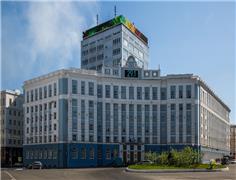
Mining News Pro - Russian mining giant Norilsk Nickel and oil company LUKOIL are in the process of creating a large oil ...

The different chemical and physical properties of biofuels pose serious challenges to the idea of reducing carbon ...
No comments have been posted yet ...